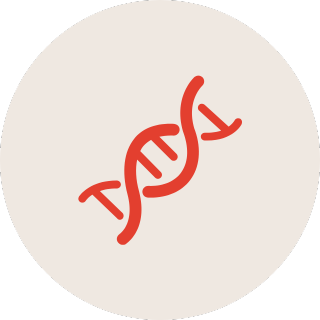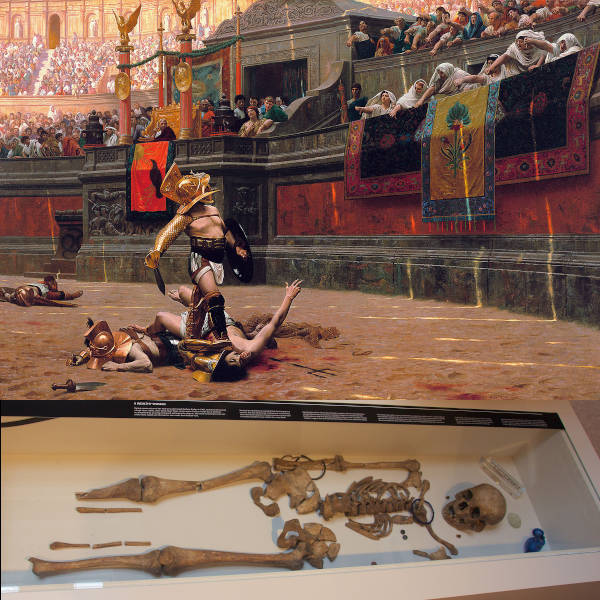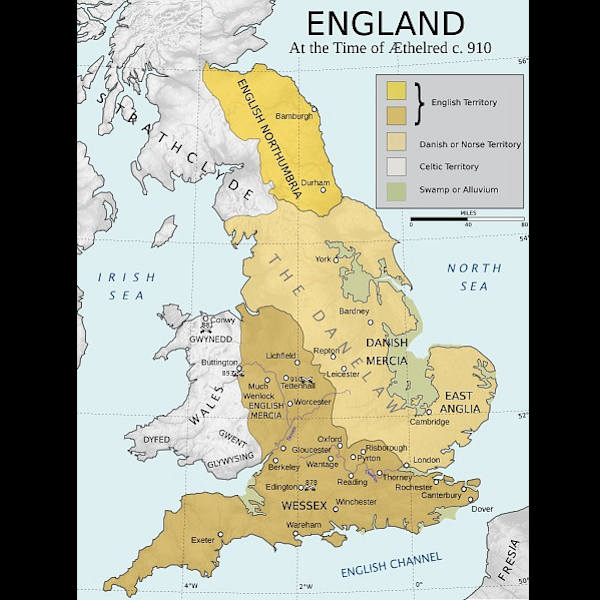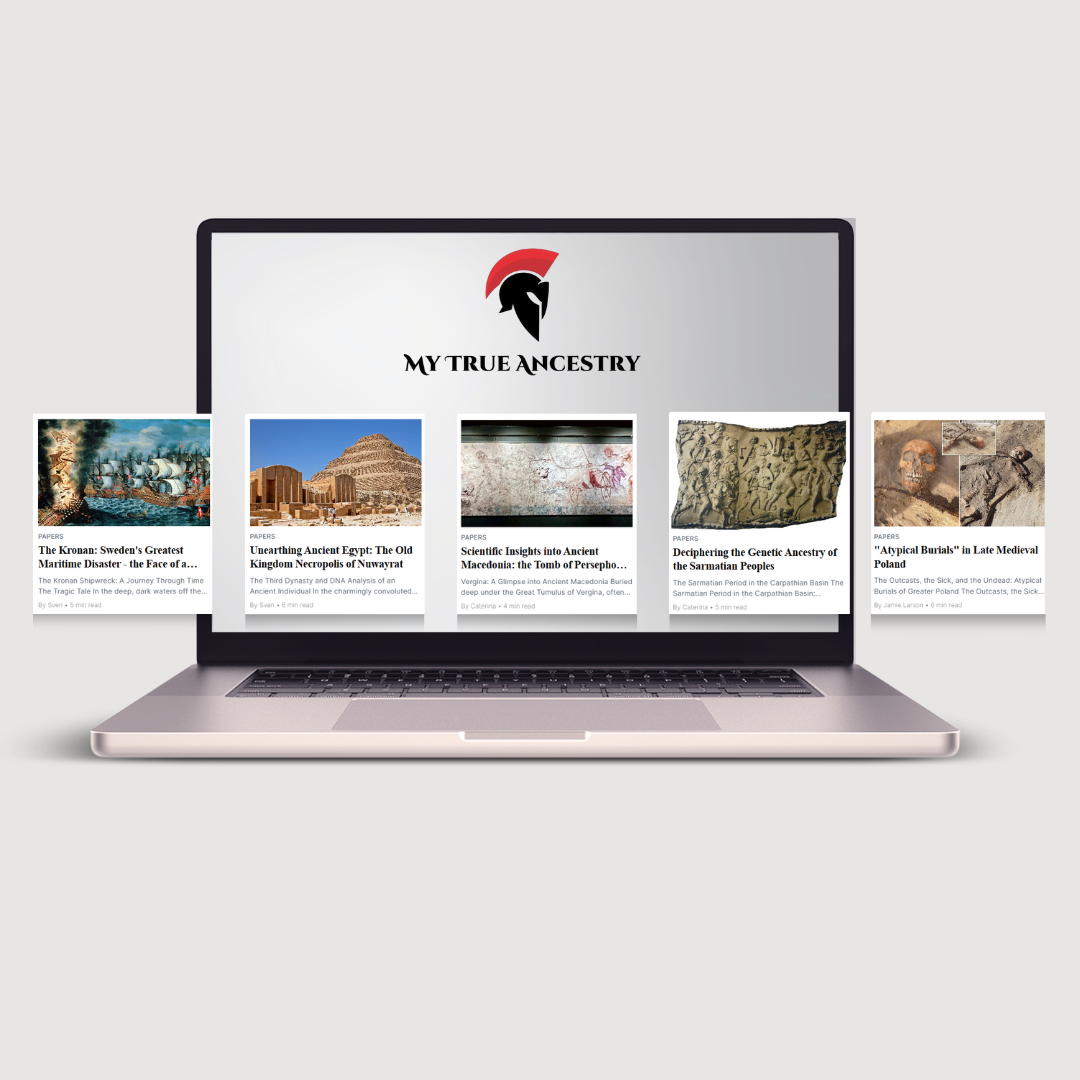Compare your DNA to 168 Ancient Civilizations
FIND THE HISTORY OF YOU
So, you've got your DNA results? To discover who you really are, you need to know where you come from. We can take your DNA results one step further through the use of advanced archaeogenetics
How It Works
Uncovering your ancient ancestry is simple with our three-step process.

Take a DNA Test
Get tested with one of the major DNA testing companies (e.g. AncestryDNA, MyHeritage, FamilyTreeDNA, DanteLabs etc.).

Download Your Raw Data
Download your raw DNA data file from your testing provider's website. We support all major formats.

Upload & Explore
Upload your DNA file to our secure platform and receive your detailed ancestry analysis within minutes.
DIG DEEP
Into Your Ancient History
Your DNA, fully visualized
Explore your roots with exclusive dynamic graphs, interactive maps, and ancestral timelines designed to bring your ancient past to life.

Why Choose MyTrueAncestry
Discover what sets our ancient DNA analysis apart from traditional ancestry services.

100% Anonymous Insights
All retained data is fully anonymized, ensuring your privacy is completely protected.

Powered by Real Ancient DNA
The only service powered by real ancient DNA samples from all over the world and advanced archaeogenetics technologies.

Try For Free
Our basic analysis is 100% free for you to try with no payment method required.
BROWSE OUR DNA SPOTLIGHTS
Roman Gladiators from York

The Roman conquest of Britain began in 43 AD but resistance in the north
was fierce. Roman General Quintus Petillius Cerialis led the 9th Legion into the
north and founded Eboracum in 71 AD (which became York) Originally Eboracum was
intended to be a military fortress aligned along the river Ouse measuring about
50 acres in size. This wooden camp was upgraded to stone in 108 AD and
garrisoned by the 6th Legion. The famous Emperor Hadrian reportedly visited
Eboracum in 122 AD in order to plan his great walled frontier, which would be
named after him. Emperor Septimus Severus visited in 208 AD and made it his
private base while campaigning against Scotland, and he became the first of
three Roman Emperors who would die in Eboracum. In 237, the town became a
colonia, the highest legal status any Roman city could attain as Eboracum was
the largest town in the north and the capital of Britannia Inferior. This is
exactly the time period from when these 7 gladiators hailed.
Detailed analysis of these gladiators from York revealed some fascinating
results. The bones showed various degrees of wear and tear as one might expect
from the dangerous sport: 6DRIF-18 revealed a spinal fracture of the first
vertibrae, 6DRIF-21, 6DRIF-3, and 3DRIF-16 meanwhile have fractured forearms,
ankles and wrists. 6DRIF-22 has a skull injury as well as a stab to the neck -
his extra vertebrae did not seem to assist with his fate. 6DRIF-23 meanwhile had
4 cuts to his jaw and was fully decapitated - clearly not the best fate to have.
Last but not least 3DRIF-26 is fascinating indeed - he had a left shoulder
injury, fractured ribs, damage wrists - and from a genetic standpoint is a
deviation from the rest. His background compared to ancient samples from the
time period matches very close to Ptolemaic Egyptians or the Near East.
Read more here
Danish Viking Clan

Beginning in the 8th century, the Danes began a long era of well-organized
raids across the coasts and rivers of Europe. Large areas outside Scandinavia
were settled by the Danes including what became know as the Danelaw in England,
the Netherlands, northern France and Ireland. Two Viking warriors from the same
clan separated for more than 1000 years and have finally been reunited at the
Danish National Museum in Copenhagen.
Danelaw was established as an area ruled by Vikings and extended across
much of England. A group of fairly young Viking warriors was found here buried
in a mass grave near the church where they had been killed by orders from King
Aethelred II, King of the English. The warrior hilighted here was in his 20s and
died from injuries to his head. He had sustained 8 to 10 hits to the head and
several stab wounds to the spine.
Read more here
Jean-Paul Marat - Revolutionary France

The future French Revolutionary Jean-Paul Marat left home at the age of 16
to train in medicine and would eventually settle in Newcastle upon Tyne where he
gained a reputation as being a highly efficient doctor who also had an interest
in political writings. He moved back France 6 years later and his medical skills
earned him the patronage of the aristocracy. He used his new found wealth to
found a scientific laboratory where he began studies on fire, heat, light and
electricity - he was even visited by Benjamin Franklin. Despite his new status
and success, he began so spend a lot of time discussing and writing about social
injustice.
As Louis XVI struggled to maintain power in the late 1780s by assembling
the Estates-General for the first time in 175 years, Marat decided to end his
research and medical profession to focus entirely on his passion for politics.
He began writing on the topics of social, economic and religious reforms - this
manifested itself in numerous vicious attacks on those he proclaimed were
enemies of the people. His newspaper called for extreme violence against the
upper class and government provoking statements such as five or six hundred
heads cut off would have assured your repose, freedom and happiness. After
reaching fame, He was elected to the National Convention in 1792 where he
actively supported the death of the deposed King in a trial.
Read more here

Join Our Community
Our Community blog is your hub for the latest discoveries in ancient DNA, archaeology, and lost civilizations.
Stay curious, stay connected.
Stay curious, stay connected.

Contact Us:
EMAIL
INFO@MYTRUEANCESTRY.COM
MAILING ADDRESS
MyTrueAncestry AG
Seestrasse 112
8806 Bäch
Switzerland



